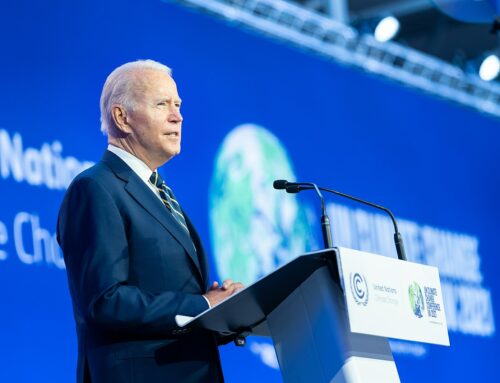by Greg Walcher, E&E Legal Senior Policy Fellow
As appearing in the Daily Sentinel
Remember when air travel used to fun? Big carriers like PanAm competed with TWA and Eastern, as did smaller ones like Braniff and Piedmont, each claiming to offer better food and more comfortable seats. They’re all gone now. The big mergers started in 2001 with American and TWA. Delta and Northwest merged in 2008, followed by Continental and United, American and U.S. Airways, and others. Each time, pundits invariably asked if the company might finally be too big for anyone to manage. Comedians joked about a fictitious new slogan for United Airlines: “We’re not happy ‘til you’re not happy!”
Today the nation’s largest carrier is American Airlines, followed closely by United. Between them, they have 203,000 employees, 1,634 airplanes, and serve 675 destinations. It is interesting to compare such giant companies to giant government agencies.
The federal government owns about 640 million acres of land (the size of 31 states), almost all of it managed by two presidential appointees, the Secretaries of Interior and Agriculture. Under their direction, most of it is managed by five appointees: the Chief of the Forest Services, and the Directors of the Bureau of Land Management, National Park Service, Fish and Wildlife Service, and Bureau of Reclamation. Those seven people are responsible for an almost unfathomable amount of land, natural resources, employees, infrastructure and money.
The Bureau of Land Management has a $1.6 billion budget, 10,000 employees, and over 244 million acres. It is expected to manage 221 wilderness areas, 27 national monuments, 636 national conservation system parcels, 2,400 miles of wild and scenic rivers, 6,000 miles of national scenic and historic trails, 55 million acres of forests, 63,000 oil and gas wells, 18,000 grazing permits, 3.8 million mining claims, 309 coal mines, 46,000 abandoned mines, 5,000 miles of pipelines and transmission lines, 200,000 miles of fishing streams, 2.2 million acres of lakes and reservoirs, 6,600 miles of floatable rivers, 69 National Back Country Byways, thousands of miles of hiking, biking, and horseback trails, and 62 million recreational visitors a year.






